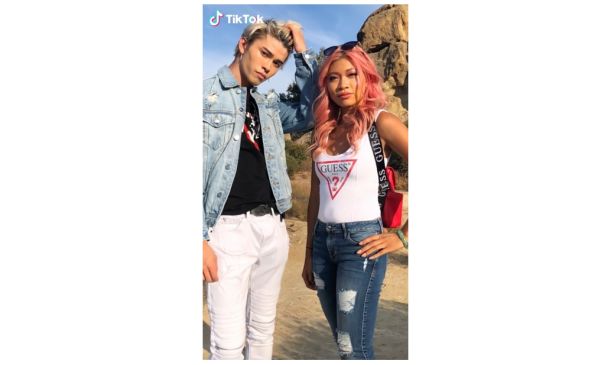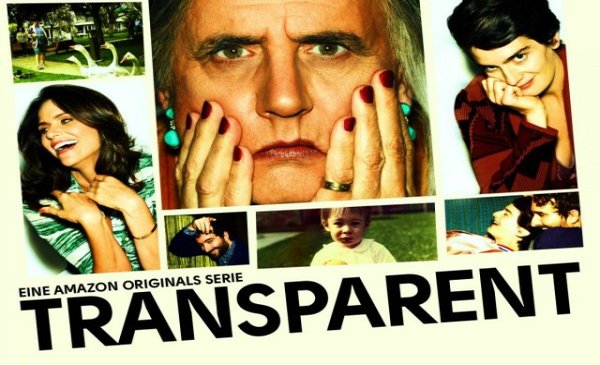In 2001, Emanuel Rosen published The Anatomy of Buzz, one of the first books dedicated to “Word of Mouth” marketing. A few years later, Ben McConnell and Jackie Huba published Citizen Marketers: When People Are the Message. With the emergence of this new discipline The Word of Mouth Marketing Association was created to advocate for the WOM industry.
Fast forward a decade and we find today’s marketing community seemingly obsessed with influencer marketing and its power of persuasion. Almost identical to Word Of Mouth marketing, influencer marketing can be seen as its 2.0, this time on a different scale and with new buzzwords. The proliferation of social networks and the advent of mobile technologies has enabled (many) ‘everyday’ consumers to become social influencers. This has turned into a $1B advertising industry, as brands and their agencies see in social influencers a way to reach sizeable audiences with an authentic and personal message.
Speaking at the OMMA (Online Marketing Media and Advertising) conference in Los Angeles, Jessica Clifton (U.S. Managing Director, Strategic Growth and Development, Edelman) brought to light a shift from celebrity to peer-based influence. Indeed, Edelman’s trust barometer shows a sharp decline in trust in celebrities, CEOs and other people that have had power to influence in the past.
While I too am enthusiastic about the power and potential of influencer marketing, I suggest taking a step back from all the excitement to outline some fundamentals and propose best practices for engaging with influencers.
What Is Influence?
Too often, marketers evaluate social influencers solely on their number of followers. In The Tipping Point, Malcolm Gladwell defines influencers as people who are credible experts in their domain and cultivate a relationship with their followers.
Influence is not only defined in terms of reach (number of followers) but also affinity with the brand and strength of the relationship with the followers.
Ranking Influencers
Influencers can be classified in 3 categories: Micro, Macro, and Mega.
Micro-influencers have 500 to 10,000 followers. Maria Sipka, Co-founder and Chief evangelist at Linqia notes that micro-influencers boast much higher engagement rates (about 10%) than high-reach influencers (1-2%). Indeed, micro-influencers are able to engage with their audience in a personal fashion. They often take the time to connect with their fans one-on-one. Micro-influencers are also more budget-friendly to brands that can’t afford the likes of Kim Kardashian.
Macro-influencers boast 10,000-1 million followers, but deliver lower engagement rates. That said, they also reach up to 10 times more people than micro-influencers, so they can be useful depending upon the goals of your campaign.
Mega-influencers reach over 1 million followers. While these influencers offer the highest reach, they are often just as inaccessible to the average person as Hollywood celebrities, making them (ironically) less influential.
Prior to engaging with social influencers, brands need to ask themselves:
Are these fees affordable?
Are these fees justified?
Does the influencer align with my brand positioning?
How To Hire Influencers To Promote Your Brand
Brian Salzman, Founder of RQ agency warns brands that an influencer too focused on money is not a good influencer. It is tempting for some of influencers to endorse too many brands and in turn become disingenuous.
You should instead curate influencers by watching the content they produce and identify deep roots of engagement. Then, you must spend time with the influencers you retain to make sure they understand the ethos of your brand. Is the influencer already using your product? If not, you should introduce them to people who make the product to understand how the product is made. Lily Kunin (Founder, Clean Food Dirty City) stresses that influencers must ultimately use the product so that the endorsement comes across as authentic.
Last but not least, one-off engagements with one or two influencers will likely yield disappointing results. Salzman urges brands to build an influencer network of 2 or 3 dozen influencers that do not solely rely on social media.
As with all marketing efforts, I recommend measuring success through a combination of engagement metrics (such as click-through rates and conversion) and brand health Key Performing Indicators. Only such measurement tools will enable you to validate if influencer marketing delivers on its ambitious promise: to drive both sales and positive sentiment towards your brand.
The Blake Project Can Help: Content Strategy Workshop
Branding Strategy Insider is a service of The Blake Project: A strategic brand consultancy specializing in Brand Research, Brand Strategy, Brand Licensing and Brand Education




